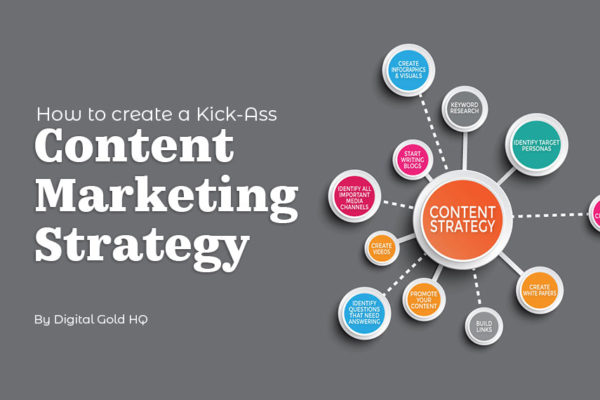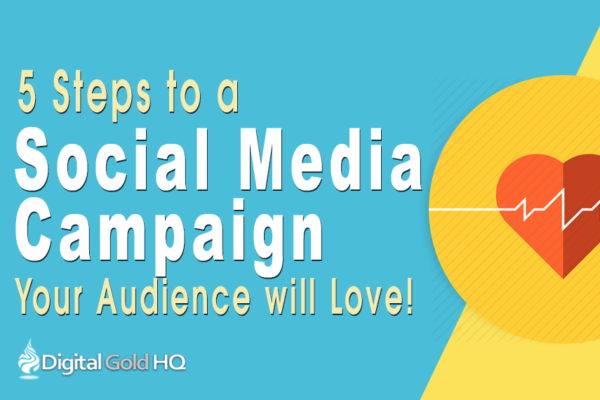How to write the perfect Digital Project Brief
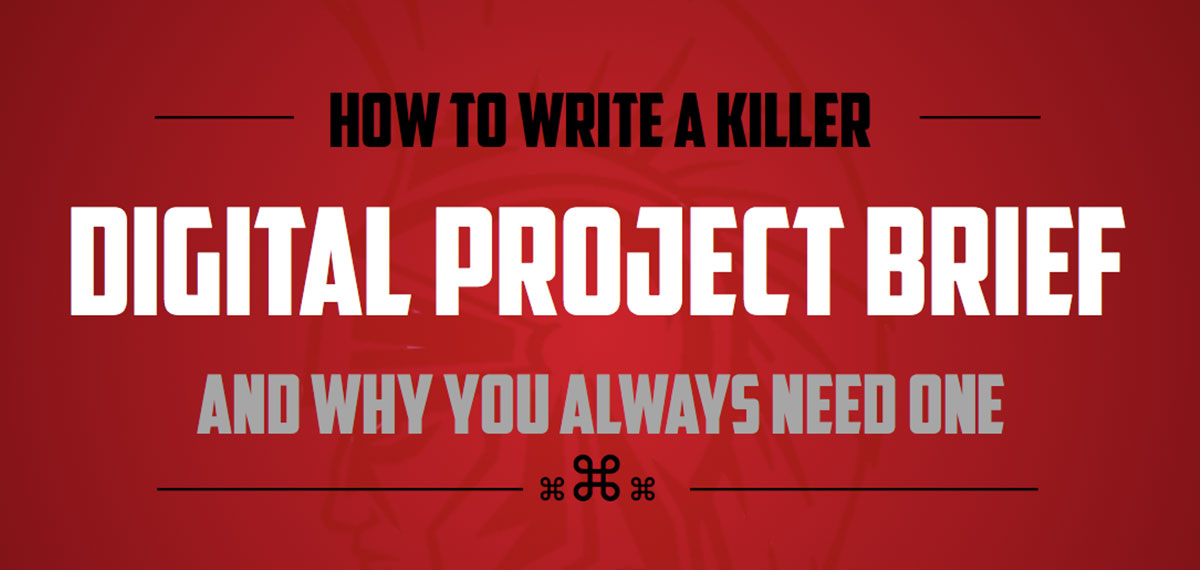
Are you about to launch a brand new digital project? If so, pause for a moment. A Digital Project Brief will set you and your team off to a great start.
Whenever you’re embarking on a new digital project, it always makes good sense to create a Digital Project Brief. This is the key element that will help you communicate your intentions with your wider project team and will ensure that throughout the life of the project, you maintain an aligned view on what you’re trying to achieve and why.
So, what exactly is a Digital Project Brief, you might ask? A Project Brief is a document (generally written in MS Word or Powerpoint) created by the Client or Project Manager at the early stages of any project. It provides a snapshot of the project’s intentions. Its purpose is to define what you’re going to do, why you’re going to do it, and most importantly, how you’re going to do it. A Digital Project Brief should include details pertaining to your current websites, as well as descriptions of any proposed interfaces, applications, platforms or channels that will be impacted or delivered by the new project.
Step 1. Ask the right questions
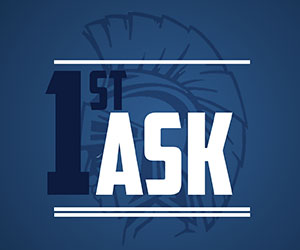 So, your next question is probably, well, where do I get one of those, right? Time to gather your team around the table for a collective brainstorm. Try to gather all of your project stakeholders together to ensure that they’re properly represented during the project definition stage. And, at this early stage, what’s most important is that you ask the right questions and challenge everyone to think deeply and strategically about what’s needed. Try to understand what’s working well with your current website. Then drill more deeply into what’s not working and why. Use any data that you have at your disposal to understand your web traffic, your conversion or abandonment rates, and review any comments and reviews that your customers might have left for you. Try to get collective agreement on what the Goals & Objectives of the project should be, what Benefits the project is expected to deliver and in particular, who the project should be geared towards. Ask the Why, What, Who, When, How, and Where questions and try to capture and align everyone’s responses.
So, your next question is probably, well, where do I get one of those, right? Time to gather your team around the table for a collective brainstorm. Try to gather all of your project stakeholders together to ensure that they’re properly represented during the project definition stage. And, at this early stage, what’s most important is that you ask the right questions and challenge everyone to think deeply and strategically about what’s needed. Try to understand what’s working well with your current website. Then drill more deeply into what’s not working and why. Use any data that you have at your disposal to understand your web traffic, your conversion or abandonment rates, and review any comments and reviews that your customers might have left for you. Try to get collective agreement on what the Goals & Objectives of the project should be, what Benefits the project is expected to deliver and in particular, who the project should be geared towards. Ask the Why, What, Who, When, How, and Where questions and try to capture and align everyone’s responses.
Step 2. Think about the way forward
 Next, spend some time thinking about the way you’d like to run the digital project. Your earlier exercise should have generated a whole heap of wants and desires from the project team. But be quite pragmatic at this stage. It’s unlikely you’ll be able to achieve all of your needs in one go. So look for ways of prioritising the changes into items that are must haves and those that are nice to have. And also, think about the logical order of delivery or any features that need to be delivered in a specific sequence. Think also about the budget that’s available and whether you’ll need to use your own internal team or engage the services of a creative agency to do all of the heavy lifting for you.
Next, spend some time thinking about the way you’d like to run the digital project. Your earlier exercise should have generated a whole heap of wants and desires from the project team. But be quite pragmatic at this stage. It’s unlikely you’ll be able to achieve all of your needs in one go. So look for ways of prioritising the changes into items that are must haves and those that are nice to have. And also, think about the logical order of delivery or any features that need to be delivered in a specific sequence. Think also about the budget that’s available and whether you’ll need to use your own internal team or engage the services of a creative agency to do all of the heavy lifting for you.
Step 3. Write it all down
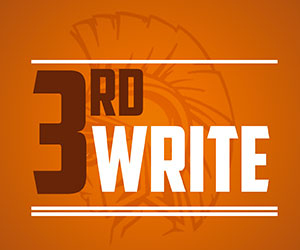 So, you’ve gathered all of the background information and you’ve had a good think about how you’re going to run things. At this point, you should be in a good enough position to start writing the Digital Project Brief. To some, this might be a daunting task. But don’t worry, it’s pretty straightforward. Try to make your document as brief yet informative as possible. Aim to capture a sufficient amount of information to give the reader a sound understanding of the depth, scope, and expectations of your project.
So, you’ve gathered all of the background information and you’ve had a good think about how you’re going to run things. At this point, you should be in a good enough position to start writing the Digital Project Brief. To some, this might be a daunting task. But don’t worry, it’s pretty straightforward. Try to make your document as brief yet informative as possible. Aim to capture a sufficient amount of information to give the reader a sound understanding of the depth, scope, and expectations of your project.
Here’s what I like to include in my Digital Project Briefs:
Outline of a great Digital Project Brief
- Overview of the Project: why the heck are we here? And why is this important?
- Project Objectives: What on earth do we expect to achieve?
- Project Scope and Exclusions: What’s included and what don’t we have to bother with?
- Project Approach and Workstreams: How are we going to do it? What do we need to do?
- Project Deliverables: What exactly will we make or produce and what will we be handing over to the client at the end of it all?
- Project Organisational Structure: Who’s on the team?
- Team Roles & Responsibilities: Who on the team is doing what?
- Critical Success Factors: What must we do to make this thing a success?
- High Level Project Timelines: How long have we got to do it in?
- Assumptions & Constraints: We can only really succeed if these items are in place, right?
- Risks: Let’s not freak out but, there’s a bunch of stuff that could go wrong, right?
- Budget Range: Approximately how much is all of this going to cost?
- Next Steps: Ok then, who’s up next?
Step 4. Share your Digital Project Brief
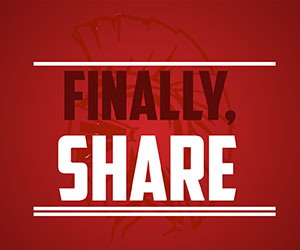 Once completed, it’s important to circulate your Digital Project Brief amongst your entire project team to give everyone the opportunity review and absorb its contents. Note initial feedback you receive and make any necessary adjustments. But once satisfied, lock it down, date stamp and version control it, then place it in a central repository where it is readily accessible by your team. From that point on, whenever anyone new joins the project team and you need to onboard them, make sure that the first thing they do is read the Digital Project Brief. Enjoy!
Once completed, it’s important to circulate your Digital Project Brief amongst your entire project team to give everyone the opportunity review and absorb its contents. Note initial feedback you receive and make any necessary adjustments. But once satisfied, lock it down, date stamp and version control it, then place it in a central repository where it is readily accessible by your team. From that point on, whenever anyone new joins the project team and you need to onboard them, make sure that the first thing they do is read the Digital Project Brief. Enjoy!

